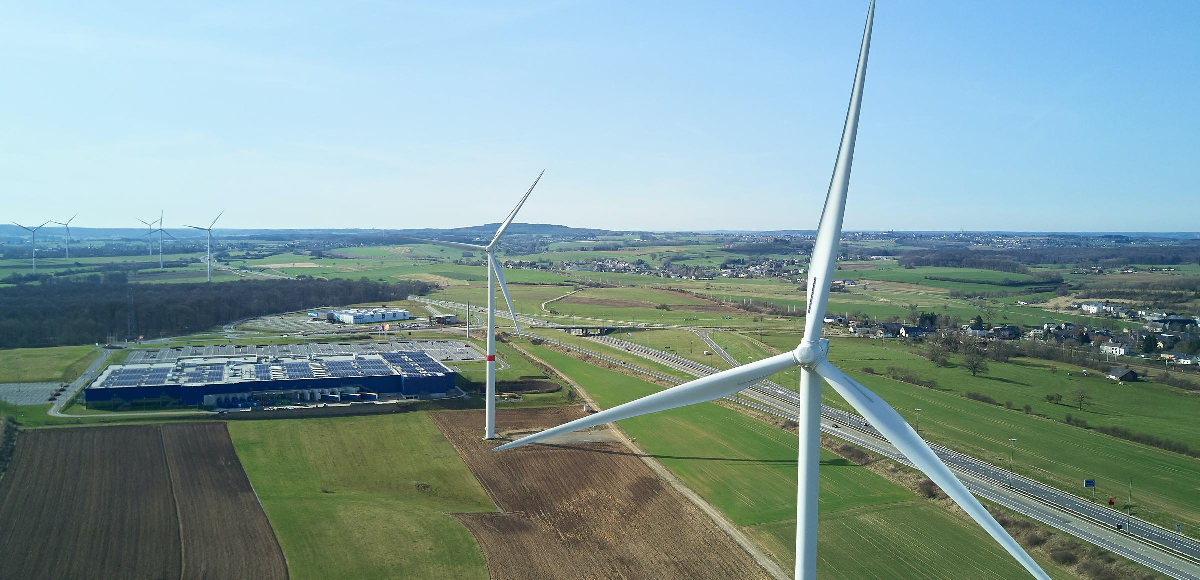In Short : Investors eyeing renewable energy prospects can consider these top stocks: NextEra Energy (NEE) for its vast clean energy portfolio, Tesla (TSLA) for diversified clean tech solutions, and Enphase Energy (ENPH) for solar innovations. Brookfield Renewable Partners (BEP), Plug Power (PLUG), First Solar (FSLR), and Canadian Solar (CSIQ) also offer promising opportunities.
In Detail : A correction in renewable energy stocks means long-term opportunities aren’t baked into some valuations.
Renewable energy companies are in a slump, providing long-term investors with opportunities for bargain hunting.
The iShares Global Clean Energy ETF (ticker: ICLN) is down 28.8% so far in 2023, while the S&P 500 has climbed 13.3% as of Oct. 12.
Rising interest rates are a key factor in renewable energy companies being down. Building solar and wind farms or other green-energy infrastructure takes lots of money, and higher interest rates make it more expensive for these green-energy infrastructure companies to borrow. Inflation has also made the raw materials used for these projects more expensive.
Still, the investment case for renewable energy is the global transition away from coal, oil and natural gas. To be sure, those forms of energy for electricity generation and transportation aren’t going away anytime soon, but renewables are increasingly in the mix and will be more so in coming years.
“In the short term, several challenges persist, particularly the risk that interest rates stay higher for longer, creating pressure from much higher capex, operational cost and project financing,” says Hua Cheng, portfolio manager with sustainable investment manager Mirova, adding that there has been a correction in the renewable energy sector. “This correction makes the valuation of (the) renewable energy sector more attractive, and we believe that the long-term future growth opportunity is not currently factored into the valuations of certain stocks.”
Here are seven renewable energy stocks that are likely to benefit from the long-term transition to clean energy sources, with a nearer-term performance catalyst listed for each:
The Biden administration has been accelerating the approval process for large wind farms off the U.S. coastline. The White House’s goal is to have 30 gigawatts of this type of energy production up and running by 2030, an ambitious goal given that the U.S. has been a laggard in offshore wind development compared with Asia and Europe.
This push opens a big market for companies involved in offshore wind, such as Vestas, the world’s largest manufacturer of wind turbines for both the offshore and onshore markets.
Deutsche Bank recently upgraded Vestas, reportedly saying its shares have been unduly pressured by negative industrywide sentiment stemming from quality concerns and supply chain issues.
“In this very consolidated sector, Vestas has key long-term competitive advantages on scale, technology and product quality,” Cheng says. “As one of the global leaders in wind turbine manufacturing, Vestas benefits strongly from the secular trends around the transition to more sustainable sources of energy, energy security and energy independence, supported by global climate agreements and regulation, but also geopolitical tensions which have led to an increased focus on energy security and independence, particularly in Europe.”
Iberdrola is a Spain-based diversified utility that has a strong position in wind and solar generation in Europe, the U.S. and Latin America. It’s also the parent company of Avangrid Inc. (AGR), an energy services and delivery company heavily involved in renewables.
Utilities can help shore up a portfolio’s defensive position because people need electricity regardless of what the economy or stock market is doing. While utilities won’t perform as well as tech companies when the market is hot, they’ll be able to cushion a portfolio during an economic downturn when growth stocks become less popular.
Cheng says Iberdrola’s management team has a leading strategic vision and a proven track record of execution.
Cheng says the same thing about NextEra, which often makes lists of top renewable energy companies.
Its regulated utility segment engages primarily in the generation, transmission, distribution and sale of electric energy in Florida. Another segment produces electricity from renewable sources, including wind and solar. The company is also involved with green hydrogen, battery storage and nuclear plants.
NextEra recently reaffirmed its long-term financial outlook. It expects adjusted earnings per share to be in the range of $2.98 to $3.13 for this year and $3.23 to $3.43 for 2024. For 2025 and 2026, the company projects growth of 6% to 8% from the 2024 range.
“Iberdrola and NextEra are our top picks for diversified utilities in the long term,” Cheng says. “While they have diversified energy generation sources, renewable energy such as wind and solar is a key growth driver for their long-term businesses.”

